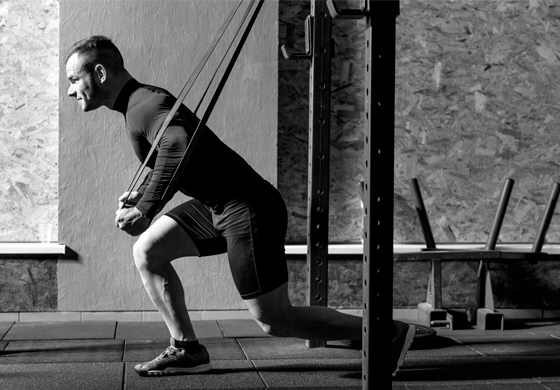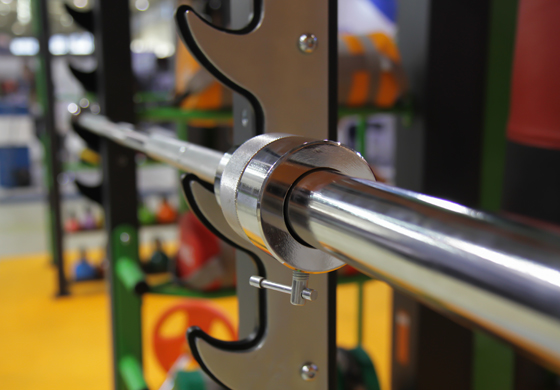Programming for Sport Athletes: A valuable lesson learned

Resistance training and transfer to sport movement: we all have a decent answer
January 8, 2018
VETSELITE Blog: Weekly Podcast Review #1
January 7, 2019I am going to start by stating that from an outside view, it does not look like I have been programming for long; and that is very true. I have only truly been training athletes for a little over a year now, as before I was merely taking my teammates along for the ride with a little understanding of what I was even doing for myself. But in this short year I can tell you a valuable lesson that I have learned; what you WANT to do and what you CAN do are two very different things.
 I read a lot and I do soso I can learn the best methods, schemes, techniques etc. out there. The problem is that when you read from another person’s experience (research included) the training protocol was so individualistic to that situation, environment, and person(s) that it is foolish to think you can take an exact method or scheme and apply to your own athletes. I say this because this is exactly what I was doing. When we as coaches see success from others we tend to want to know what they are doing EXACTLY and how they are doing it so we can find some way to get an edge in training. It must always be remembered that there are other aspects to considered when applying a new mode, method, or scheme in training than just performing it.
I read a lot and I do soso I can learn the best methods, schemes, techniques etc. out there. The problem is that when you read from another person’s experience (research included) the training protocol was so individualistic to that situation, environment, and person(s) that it is foolish to think you can take an exact method or scheme and apply to your own athletes. I say this because this is exactly what I was doing. When we as coaches see success from others we tend to want to know what they are doing EXACTLY and how they are doing it so we can find some way to get an edge in training. It must always be remembered that there are other aspects to considered when applying a new mode, method, or scheme in training than just performing it.
This is where my valuable lesson comes back into play; does WHAT you want match with what you CAN do? Examples of this are the flying 10 sprints that are very popular in the performance industry right now. Track coaches and researchers are releasing information stating that top-end sprints are essential to speed development which might make coaches immediately begin to implement them as soon as possible. While you know WHAT you want to implement, CAN you actually do it? Do you know how to coach it? Do you know the best ways to prevent injury within this movement? CAN YOUR ATHLETES ACTUALLY HANDLE THEM? The latter being the most important. I think one issue we have as coaches is we forget that sometimes are athletes may not be able to handle certain things, and everyone is different. If we put our athletes through something they are just not ready for, than we as coaches are the ones at fault, as we have failed to do our job. That is why we must be able to look ourselves in the mirror and not just understand, but accept, that your athletes may not be 100% ready for a new mode of training. If you are sound in your knowledge of an area and have confidence that your athlete can physically and mentally handle the action, that is when to move forward.
That was just one example and I could name 100 more that relate to the lifts, jumps, force-velocity profiling, velocity based training, new periodization schemes, neuromuscular fatigue training etc. As I move on as a coach I will always be looking to learn new things and apply new methods to continue to grow personally and as a company but not at the expense of any athlete’s development!



